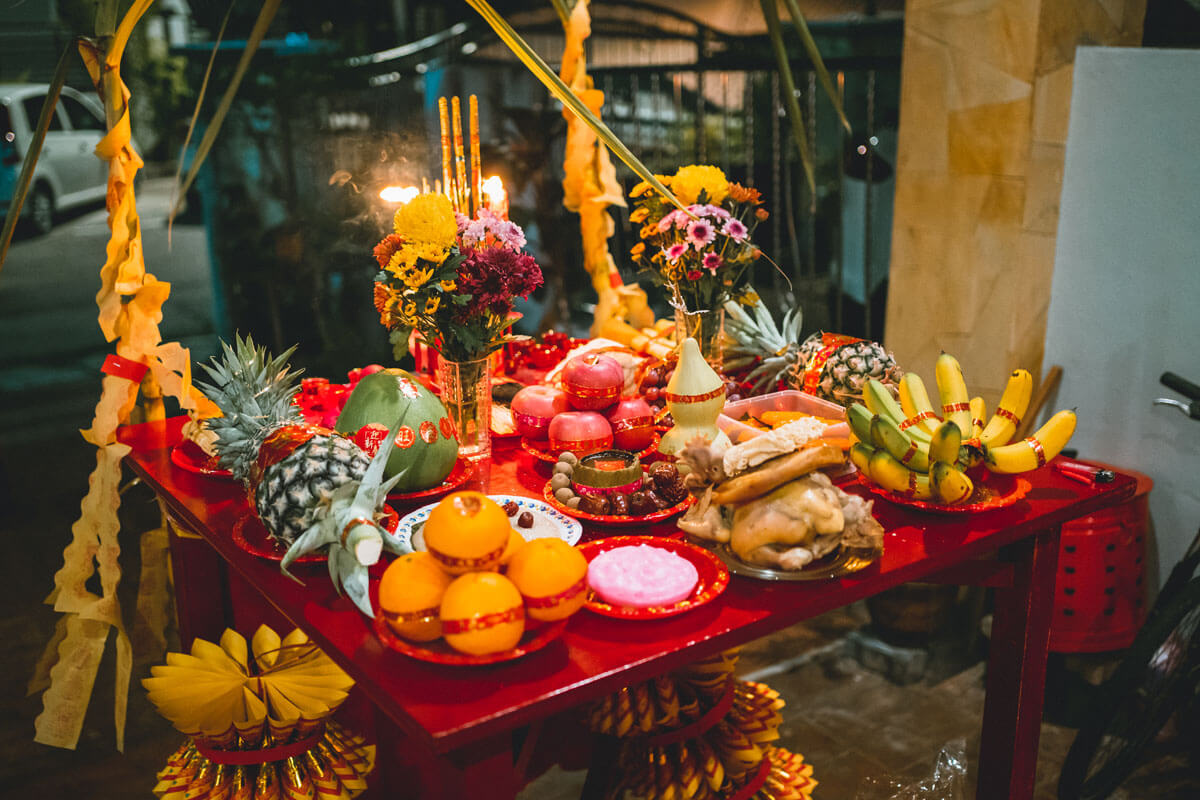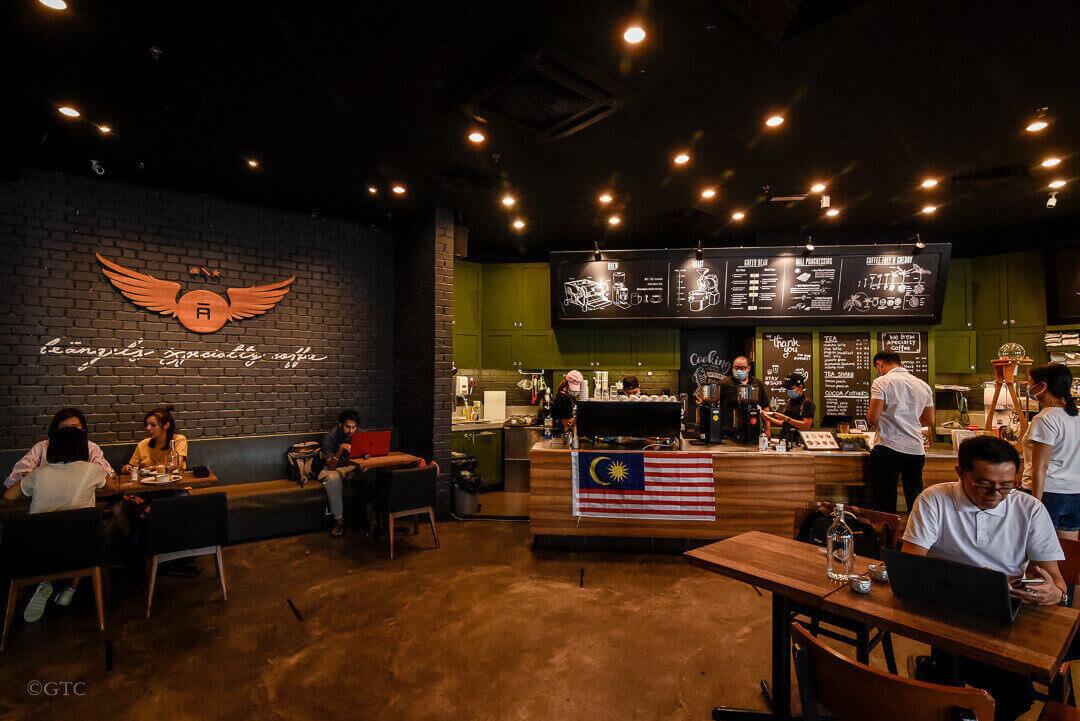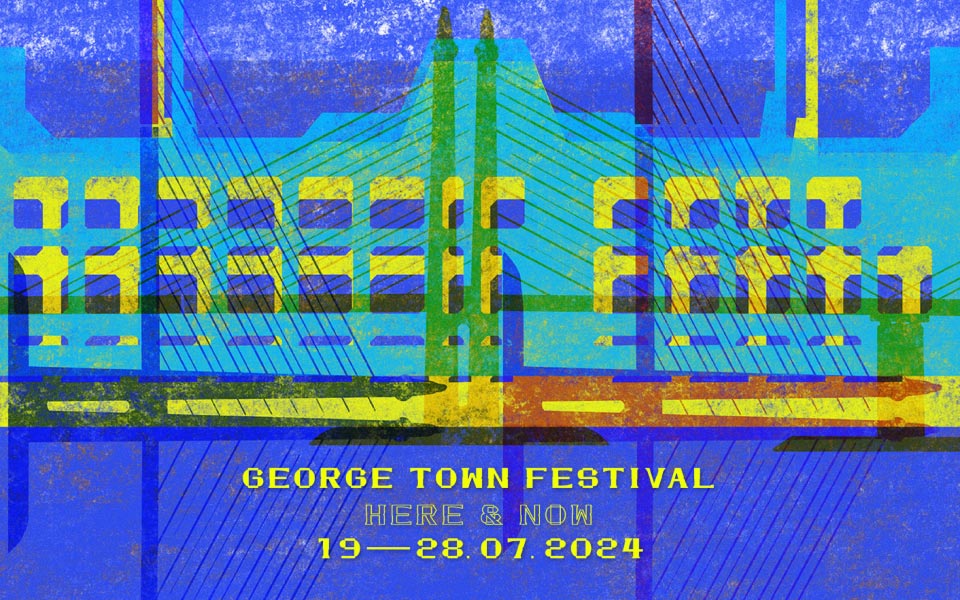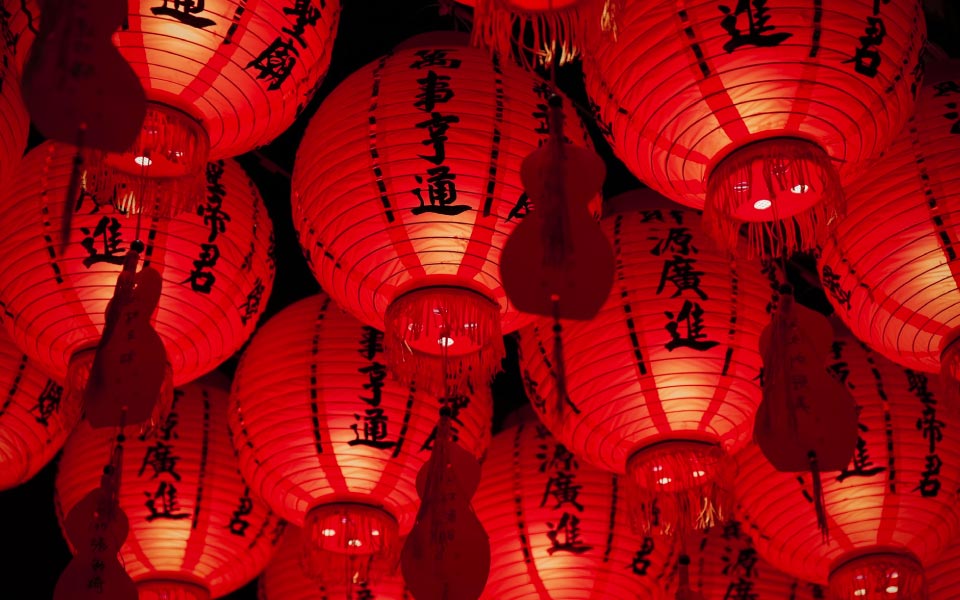The Jade Emperor’s Birthday Celebration falls on the 9th day of the Chinese New Year celebrations. Although celebrated by all Chinese, this cultural and religious festival is exceptionally important for the Hokkien community in Malaysia. In Penang, it is widely known as the ‘Thnee Kong Seh’.
The birthday celebration of the Heavenly God begins on the 8th day of the Chinese New Year where the devotees will begin its preparations for the prayers. Food offerings and praying items are set up at the front entrance of the Chinese homes during the night. For the Hokkiens ‘a must’ offering is the ‘kam chia’ or sugarcane.
In Penang itself, you can witness the ‘Thnee Kong Seh’ celebrated at a grand scale at the Chew Jetty. A long altar, placed in front of the Chau Yuan Gong Temple in Chew Jetty, will be filled with offerings, such as flowers, roasted pigs, oranges, pineapples, sugar canes and many other food items.
For the Hokkiens, the celebration is even bigger compared to the first day of Chinese New Year.
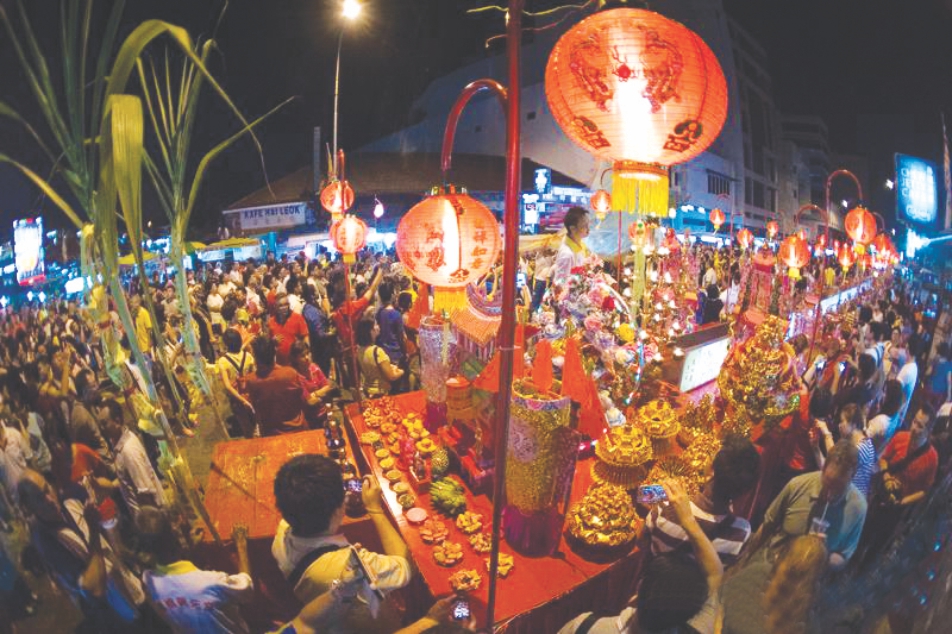
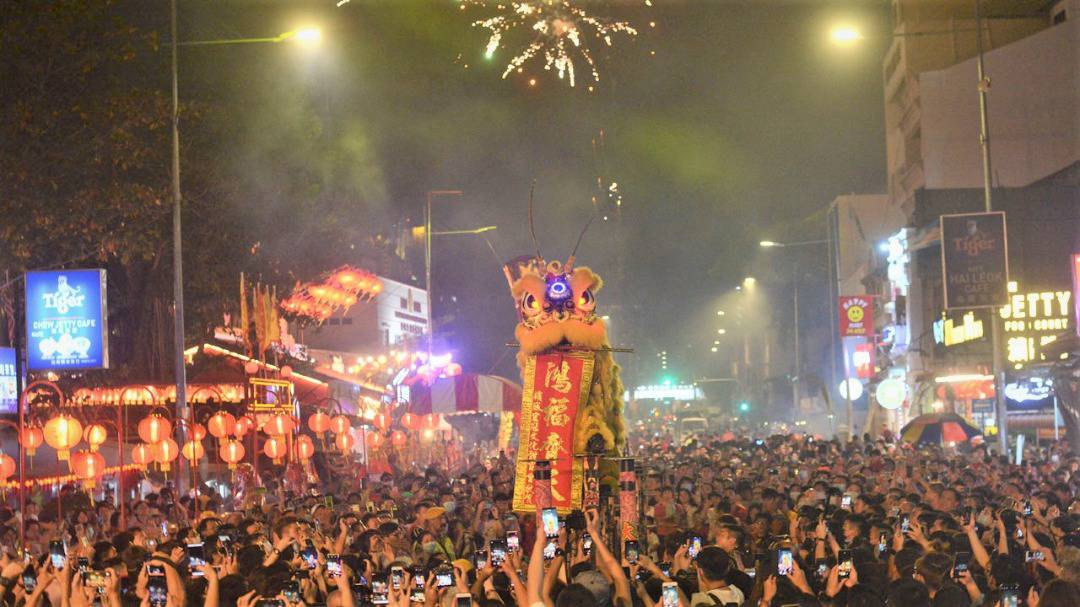
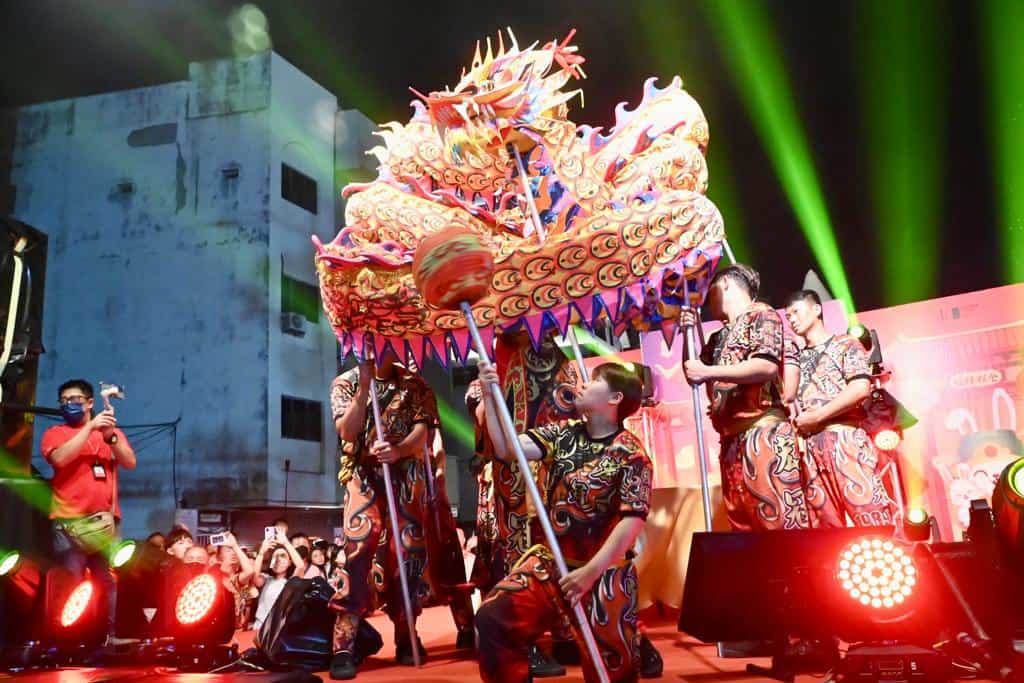
Story of the Hokkien clan and the Jade Emperor Festival
During the Song Dynasty (Mongol dynasty) most of the clans in Southern China (Fujian, Henan, Zhejiang) were heavily repressed and lived under great fear of the Mongols. The Hokkien clan were constantly at the mercy of the Mongols who attacked and hunted them, because the Hokkiens are seen a threat to the empire.
The Hokkiens then fled to the Henan province where sugarcane plantations were in abundance. Though many were killed by the pursuing Mongols, a group of Hokkiens managed to hide themselves among the sugarcane plants. The pursuing Mongols searched the area for days but never located the remaining Hokkiens.
The Mongols eventually gave up and returned to their base. On the ninth day of the Chinese Calendar, the Hokkiens happily emerged from their hideout praising the celestial deities for saving them and believed that the Heavenly God had protected them. Thus, from then on, in all Hokkien celebrations, the sugarcane plant is given special prominence.
That is why the Ninth day is regarded as the day of salvation by the Hokkien community. As offering to the Heavenly God, a pair of sugarcane plants is usually placed, one on each side of the offering table. The pair symbolises unity, cooperation and strength.
